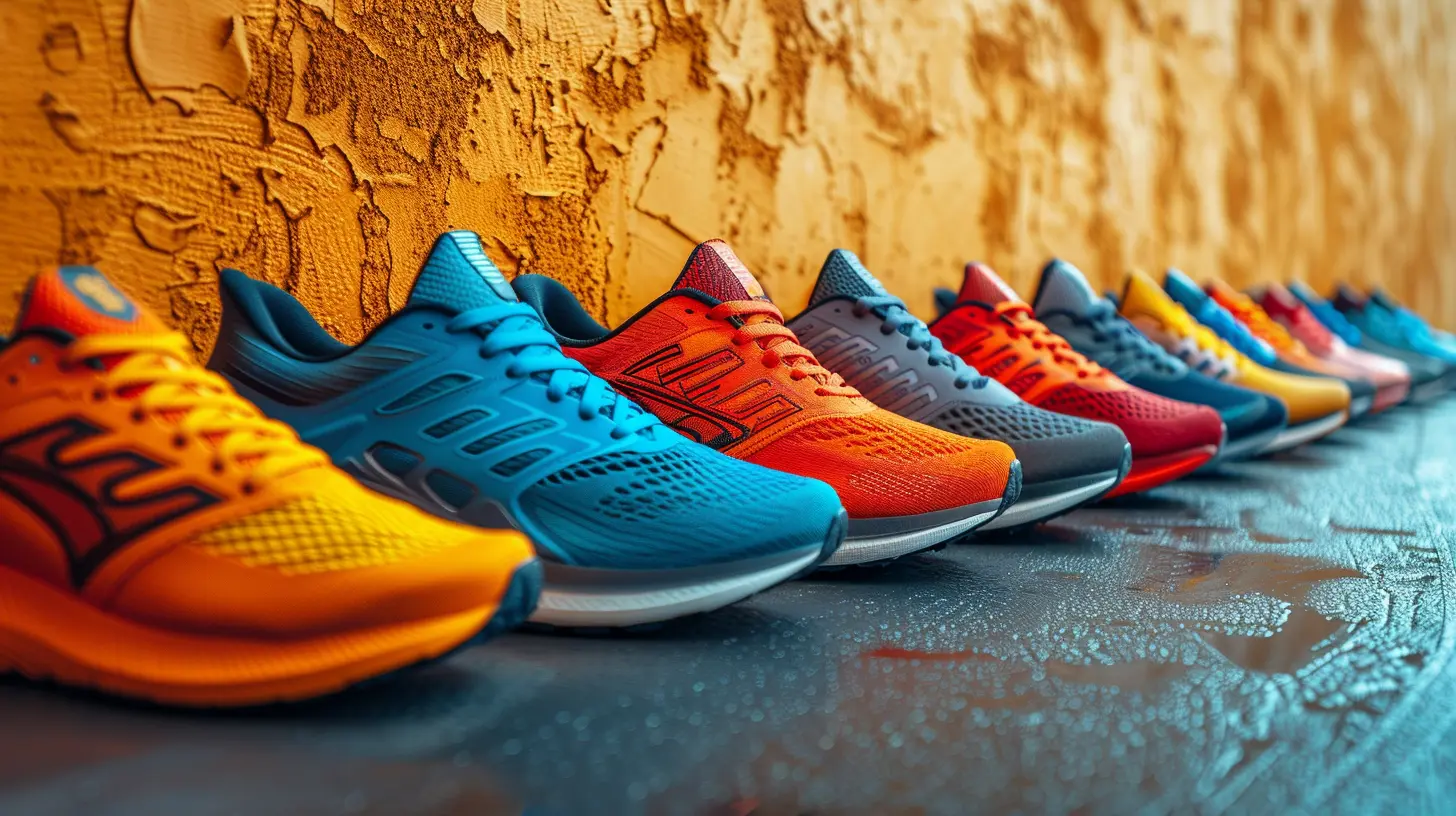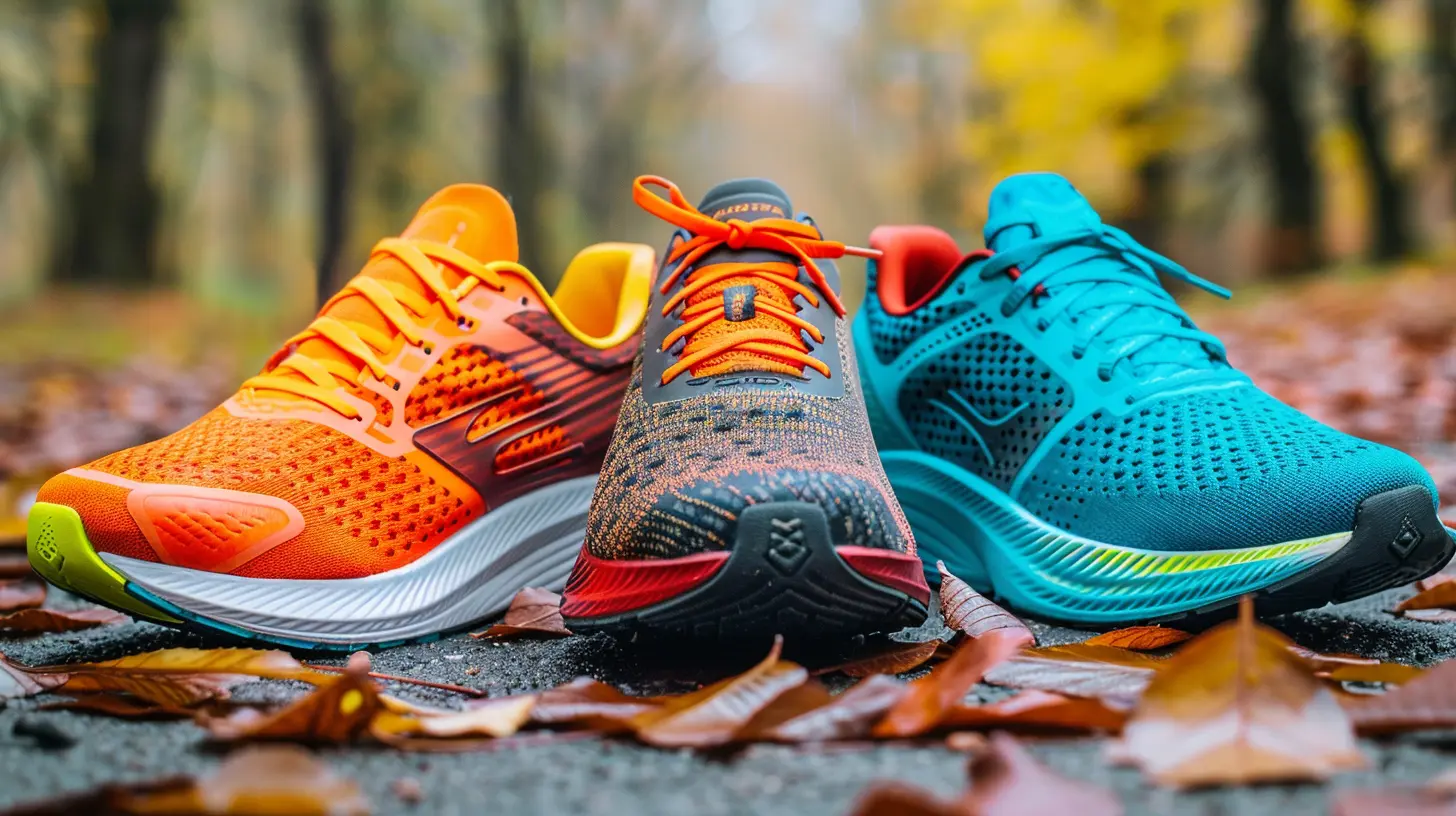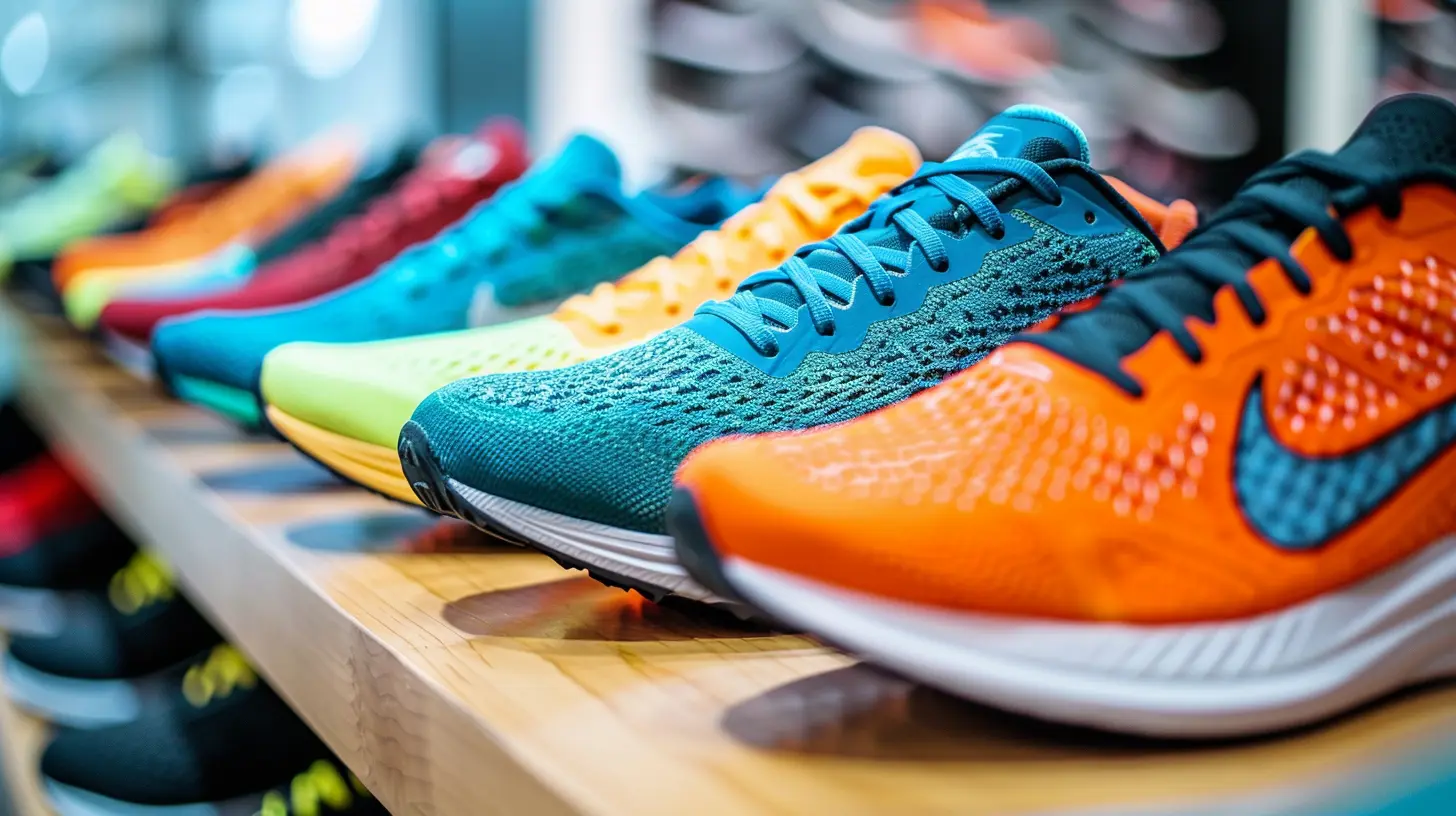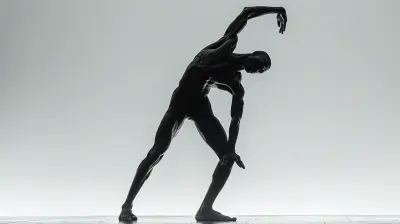The Best Running Shoes for Every Type of Foot
6 November 2025
Let’s be real—finding the perfect running shoe can feel like dating. You swipe through dozens of brands, try a few on, and think, “This could be the one,” only to end up with blisters, sore arches, or aching knees. Sound familiar? You’re not alone.
The truth is, we all have different feet. Some are flat, others are high-arched. Some roll inward (aka overpronate), while others roll outward (supinate). The key to injury-free, enjoyable running isn’t just about style or even price—it’s about fit. And trust me, finding the right shoe for your foot type can totally change the way you run.
So, whether you're a casual jogger, training for your first 10K, or clocking miles like a seasoned marathoner, this guide has got your soles covered.
Why Your Foot Type Matters More Than You Think
Before we jump into the shoe talk, let’s take a step back (pun intended). Your foot type affects more than just shoe size—it influences how your body moves. Think of your feet as your car’s tires. If they’re not aligned? You’re in for a bumpy ride.Running in the wrong shoe can cause a boatload of issues—think shin splints, plantar fasciitis, knee pain, even hip discomfort. And once those injuries creep in, they’re hard to ignore.
Identifying your foot type is the first step toward a healthier run, kind of like knowing whether you need glasses before buying a new pair.
The Three Main Foot Types (Yes, You Have One)
Let’s break it down. Most feet fall into one of these three categories:👣 Flat Feet (Overpronators)
Flat feet = little to no visible arch. When you run, your foot tends to roll inward too much. You may also have ankles that tilt inward, which can stress your knees and hips.Common issues: arch pain, runner’s knee, shin splints
👣 High-Arched Feet (Supinators)
If you have a noticeably high arch, chances are your foot doesn’t absorb shock well. You roll outward when you step, and that’s what we call supination.Common issues: ankle sprains, stress fractures, tendonitis
👣 Neutral Feet
Lucky you! Your foot strikes the ground evenly. You probably don’t overpronate or supinate much.Common issues: You’re less prone to injuries—but that doesn’t mean any old shoe will do!
How to Tell Your Foot Type (In Case You’re Not Sure)
Still not sure what kind of feet you have? Try this:1. Wet your foot.
2. Step on a paper bag or piece of cardboard.
3. Look at the print.
- Flat: Full imprint, no curve
- High: Only heel and ball show with a curved edge
- Neutral: Imprint shows moderate curve
Boom. You’ve just unlocked a key piece of the puzzle.
The Best Running Shoes for Flat Feet
When you’ve got flat feet, you need shoes that offer stability and motion control. These shoes help guide your feet into proper alignment during each stride.🥇 ASICS Gel-Kayano 30
This shoe is like a personal trainer for your feet. It’s one of the most trusted stability shoes out there, offering plush cushioning and a snug fit that keeps your foot stable without feeling stiff.🥈 Brooks Adrenaline GTS 23
A favorite for runners who overpronate. The GuideRails technology helps keep your knees in check and offers the kind of support that flat-footed runners rave about.🥉 Saucony Guide 16
Lightweight yet supportive. It offers just the right amount of structure without being bulky. Bonus: it looks super sleek.The Best Running Shoes for High Arches
If you have high arches, your main concern is shock absorption. You want cushioning—a lot of it. Think of walking on clouds, not concrete.🥇 HOKA One One Clifton 9
These shoes are famous for their marshmallow-like cushioning. Despite the thick sole, they’re surprisingly lightweight. Ideal for reducing impact on those delicate arches.🥈 Nike Air Zoom Vomero 16
Nike nails the combo of cushion and responsiveness. Your arches will thank you with every mile.🥉 New Balance Fresh Foam X 1080v13
New Balance is known for comfort, and this model delivers big in that department. It gives a soft yet supportive ride, perfect for high-arched runners looking to avoid stress injuries.The Best Running Shoes for Neutral Feet
Neutral runners are blessed with biomechanically efficient feet, but that doesn’t mean you should skimp on quality. Look for cushioned, responsive shoes that match your stride.🥇 Brooks Ghost 15
This shoe hits all the sweet spots—cushioned, breathable, durable. It works well for long runs or daily training. A go-to for many runners.🥈 ASICS Gel-Nimbus 25
Trust me, this one feels like butter. It’s soft, smooth, and adapts to your stride. An excellent choice if you want a comfy, high-performance shoe.🥉 Nike Pegasus 40
It’s a classic for a reason. This shoe is fast, reliable, and comfortable. A versatile option for both newbies and seasoned runners.Bonus: Best Running Shoes for Wide Feet
Struggling with squished toes? Been there. Thankfully, some brands get it.🥇 New Balance Fresh Foam X 880v13 (Wide)
These guys are famous for offering shoes in various widths. The 880s are roomy, comfy, and supportive—exactly what wide-footed runners need.🥈 Altra Torin 7
Altra shoes have a "foot-shaped" toe box, which sounds weird but feels amazing. Especially if your toes need space to breathe.What About Trail Running Shoes?
Trail runners need grip, protection, and durability. Your everyday road shoes won’t cut it on rocky paths or muddy trails.🥇 Salomon Speedcross 6
Aggressive tread, unbeatable grip, and a snug fit. These are built for serious off-road adventurers.🥈 HOKA Speedgoat 5
Maximum cushion meets trail toughness. A great option for long, technical runs.Tips for Picking The Right Running Shoe
Even with all this info, choosing a shoe can still feel like a guessing game. Here are some tips to help:- Shop later in the day: Your feet swell throughout the day—better to try shoes when they're at their largest.
- Try both shoes on: And walk or jog around the store if you can.
- Bring your socks: Wear the socks you’ll be running in—thickness matters!
- Don’t obsess over looks: The best-looking shoe won’t matter if it hurts your feet.
- Break them in slowly: Your feet need time to adjust to new support and cushioning.
When to Replace Your Running Shoes
Here’s a hard truth: shoes wear out. Logging too many miles on dead soles is like running on cardboard.- Every 300 to 500 miles is the general rule of thumb.
- Look for signs like worn-out tread, reduced cushioning, or new aches/pains.
If your legs are starting to feel like they ran a marathon after a 5K, it might be time to upgrade.
Final Thoughts: The Right Shoe Can Change Everything
Finding the best running shoes for your foot type isn’t just about comfort—it’s about preventing injury, improving your performance, and (most importantly) enjoying the run. The right shoe can make you feel like you’re flying. The wrong one? Like every step is a struggle.So stop guessing. Know your feet. Try a few pairs. And don’t be afraid to invest in your stride—because when your feet are happy, everything else falls into place.
Happy running, my friend.
all images in this post were generated using AI tools
Category:
RunningAuthor:

Nelson Bryant
Discussion
rate this article
1 comments
Miriam Horne
Great insights! Finding the right fit is crucial.
November 11, 2025 at 8:50 PM

Nelson Bryant
Thank you! Finding the right fit can make all the difference in your running experience.


